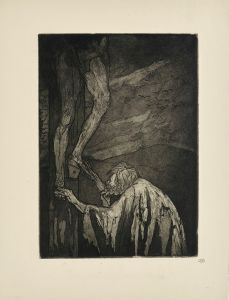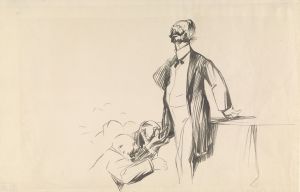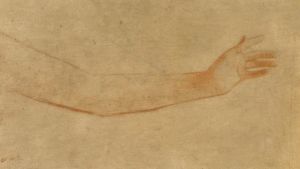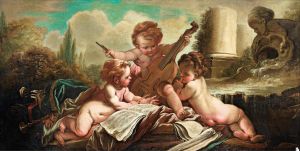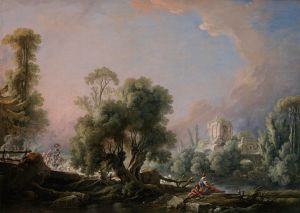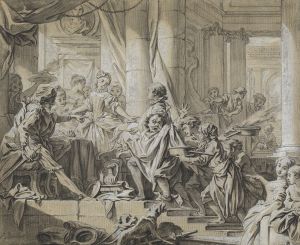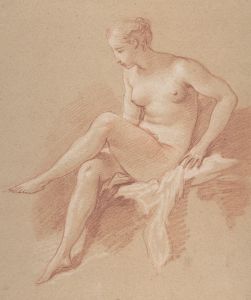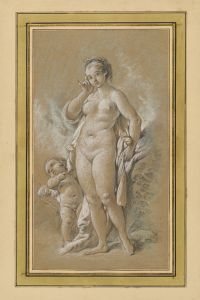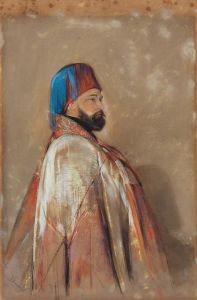
Standing Man Carrying Fasces and Arms
A hand-painted replica of François Boucher’s masterpiece Standing Man Carrying Fasces and Arms, meticulously crafted by professional artists to capture the true essence of the original. Each piece is created with museum-quality canvas and rare mineral pigments, carefully painted by experienced artists with delicate brushstrokes and rich, layered colors to perfectly recreate the texture of the original artwork. Unlike machine-printed reproductions, this hand-painted version brings the painting to life, infused with the artist’s emotions and skill in every stroke. Whether for personal collection or home decoration, it instantly elevates the artistic atmosphere of any space.
François Boucher was a prominent French painter of the Rococo style, known for his idyllic and voluptuous depictions of classical themes, decorative allegories, and pastoral scenes. Born in 1703, Boucher became one of the most celebrated artists of the 18th century, serving as the court painter to Louis XV and producing a vast array of works that included paintings, drawings, and designs for tapestries and porcelain.
One of Boucher's lesser-known works is "Standing Man Carrying Fasces and Arms." Unfortunately, there is limited information available about this specific piece, as it does not rank among his most famous or widely studied works. However, we can infer certain aspects based on Boucher's style and the typical themes he explored in his art.
Boucher's work often featured mythological and allegorical subjects, rendered in a playful and ornate manner characteristic of the Rococo movement. His paintings are known for their soft colors, fluid lines, and a sense of movement and lightness. The use of fasces in art typically symbolizes authority and power, as fasces were a bundle of rods with an axe, carried by Roman magistrates as a symbol of their authority. In the context of Boucher's work, the inclusion of fasces might suggest a classical or allegorical theme, possibly relating to governance, justice, or civic duty.
Given Boucher's penchant for classical themes, it is possible that "Standing Man Carrying Fasces and Arms" was intended to convey a message or story from ancient history or mythology. However, without specific historical records or detailed analysis of the painting, it is difficult to ascertain the exact narrative or symbolism Boucher intended to portray.
Boucher's influence on the Rococo movement and his role as a court painter significantly shaped the artistic landscape of 18th-century France. His works were characterized by their decorative elegance and often served as a reflection of the tastes and sensibilities of the French aristocracy during the reign of Louis XV. Despite the lack of detailed information on "Standing Man Carrying Fasces and Arms," the painting likely embodies the qualities that define Boucher's oeuvre: a blend of classical inspiration, decorative richness, and a lighthearted approach to serious themes.
In summary, while specific details about "Standing Man Carrying Fasces and Arms" by François Boucher remain scarce, the painting can be appreciated within the broader context of Boucher's artistic legacy and the Rococo style. His work continues to be celebrated for its beauty, technical skill, and its ability to capture the spirit of an era defined by elegance and refinement.







